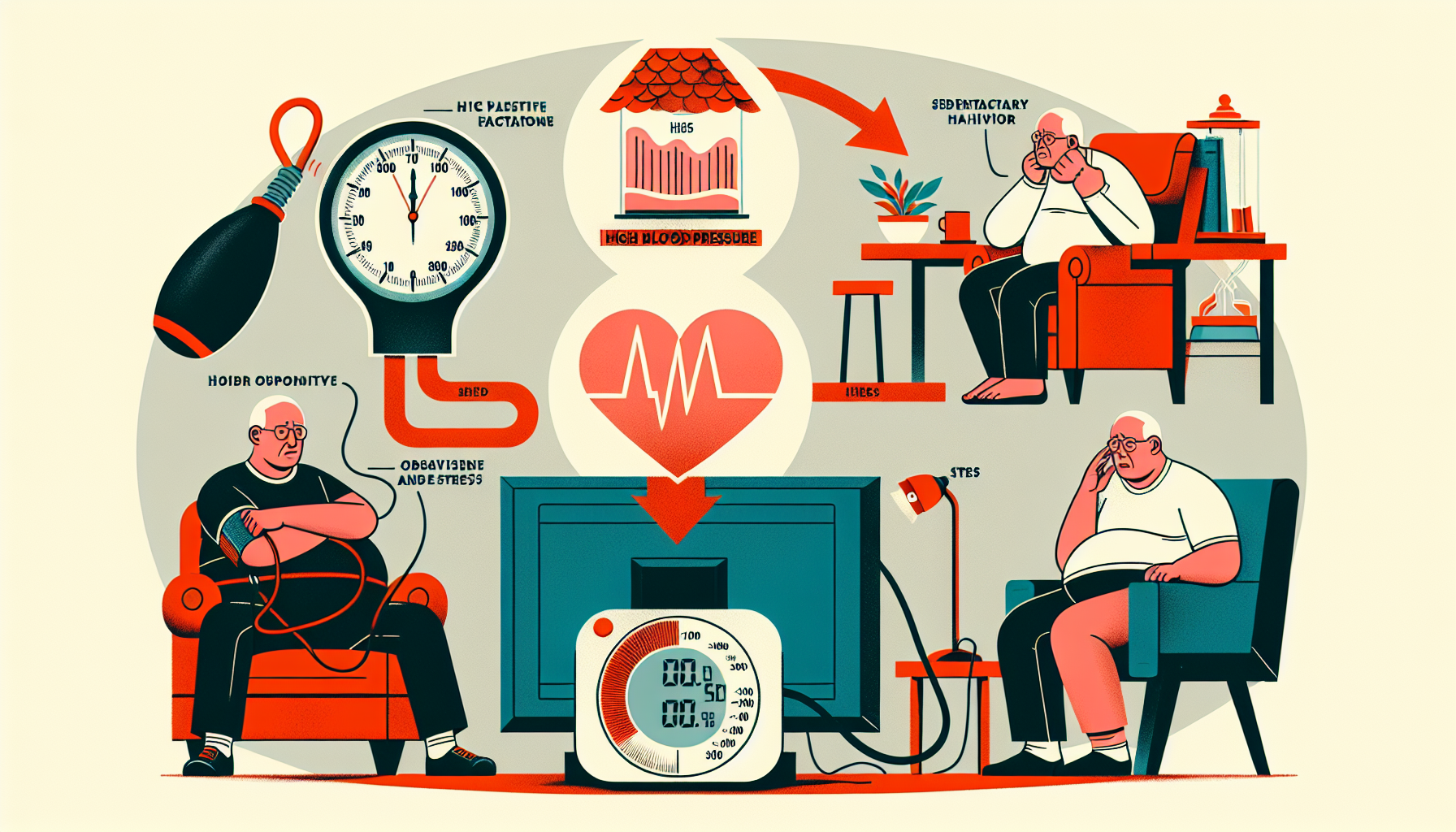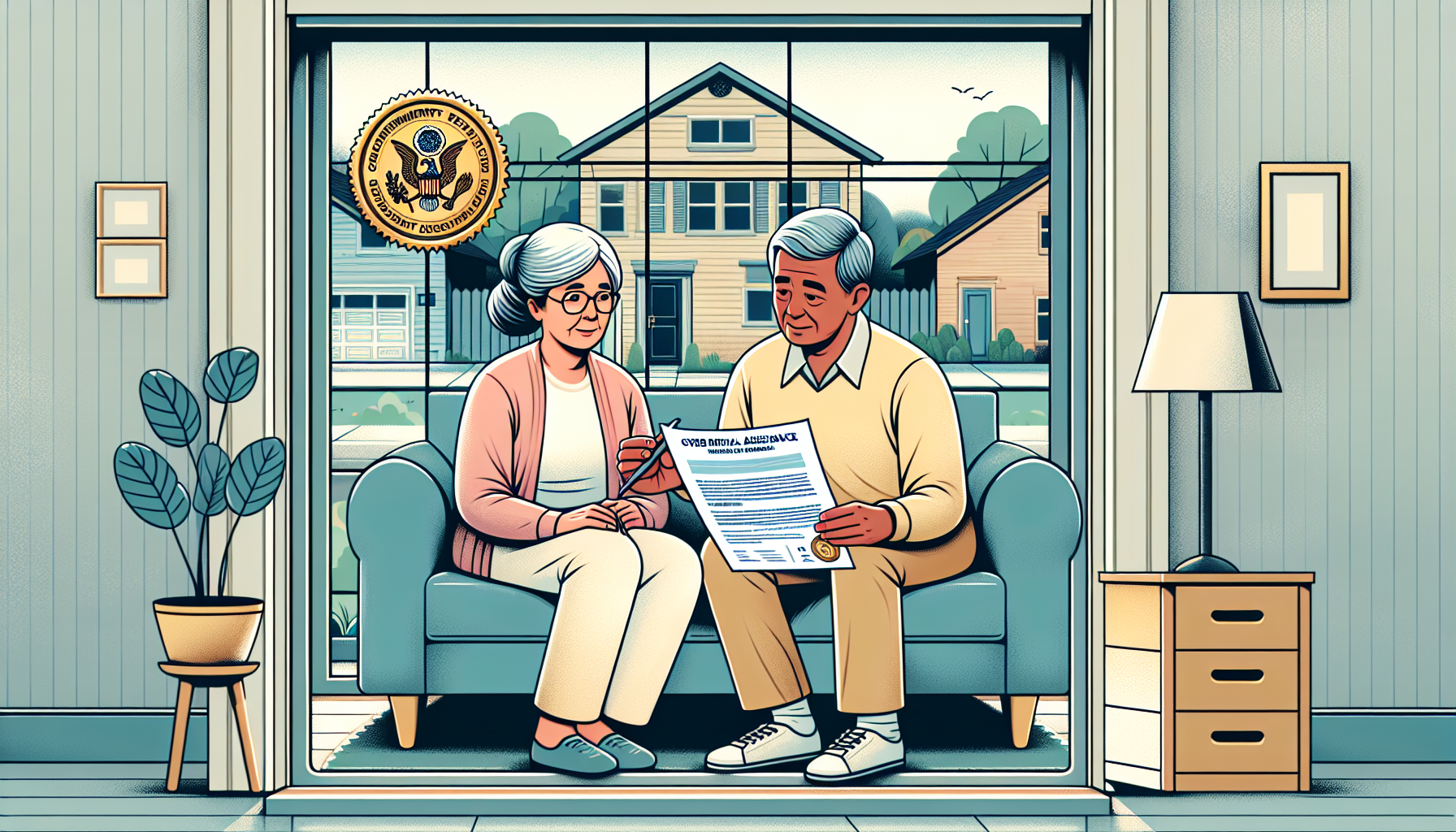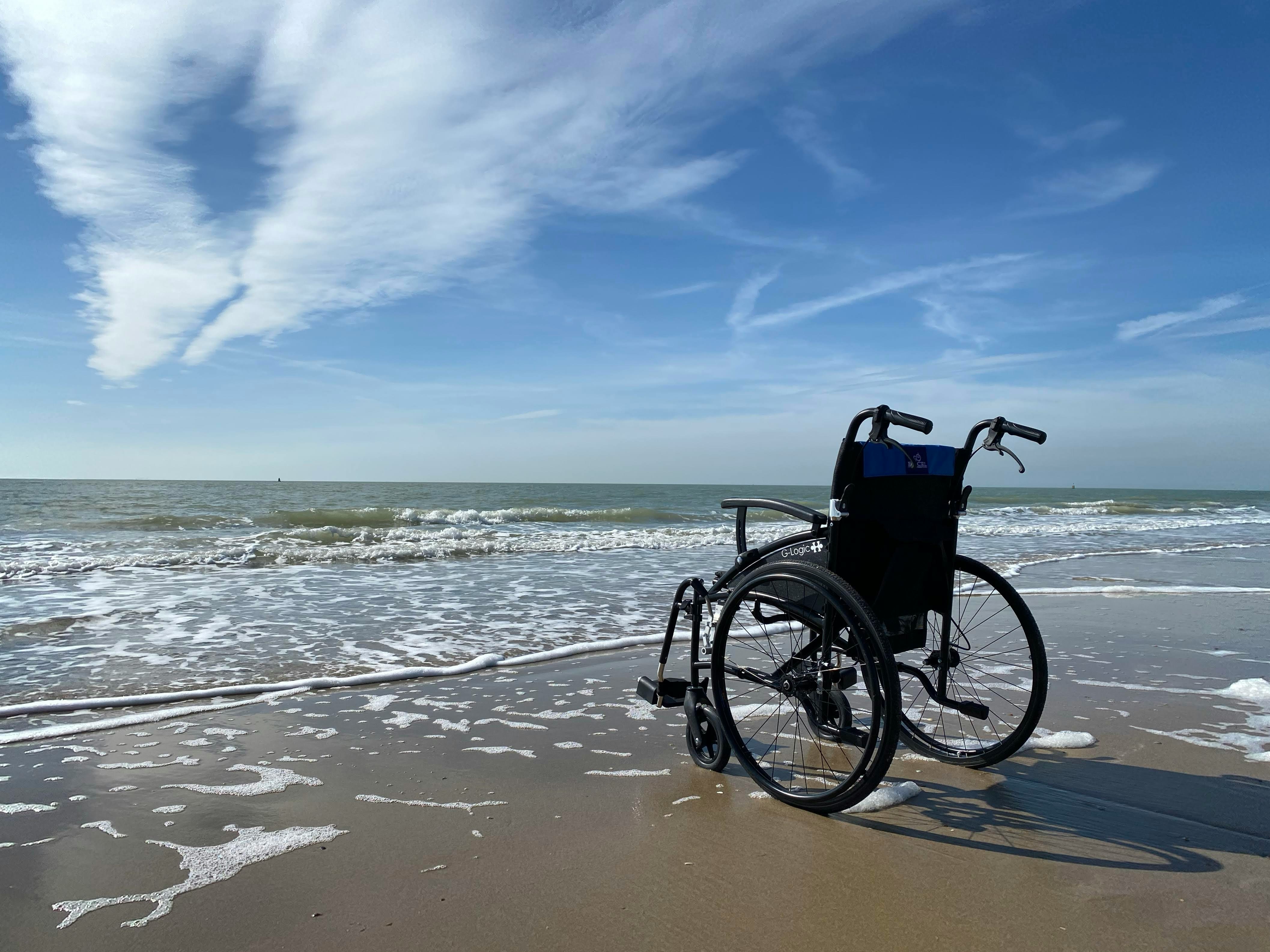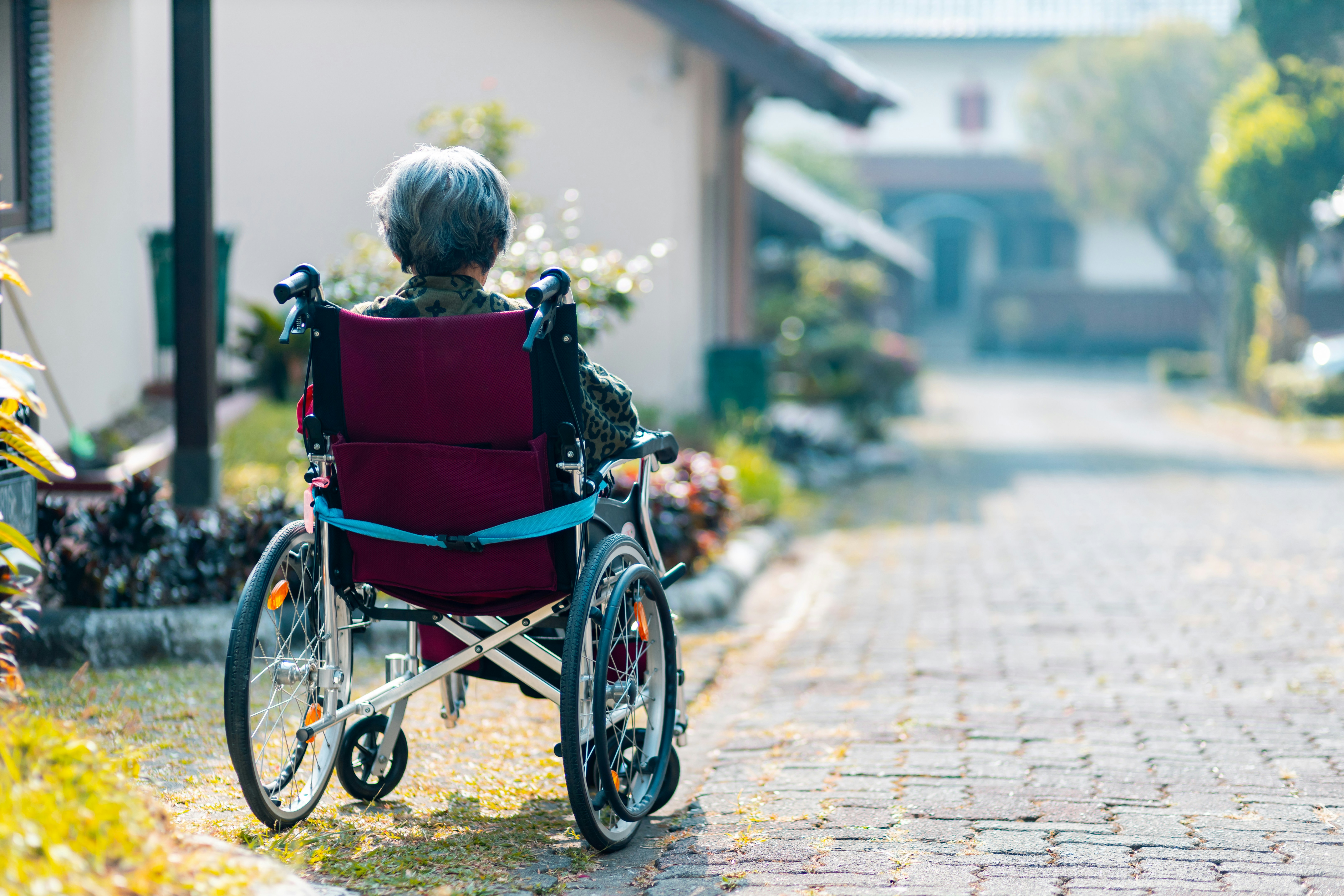How Many Hours Of Respite Care Are You Allowed?
Navigate eligibility, cost considerations, and availability for caregivers and seniors.

Understanding Respite Care
Respite care plays a vital role in supporting caregivers who provide care to their loved ones. It offers a temporary break for full- or part-time caregivers, allowing them to transfer primary caregiving responsibilities to another person or agency. This break can provide caregivers with a much-needed opportunity to take a vacation, attend appointments, or simply relax [1].
Definition of Respite Care
Respite care refers to the short-term relief or break provided to caregivers by allowing another individual or agency to assume caregiving responsibilities for a set period. This can be in the form of in-home care, day programs, or facility-based care. The goal of respite care is to give caregivers a chance to recharge and take care of their own physical and mental well-being, while ensuring that their loved ones continue to receive necessary care and support [1].

Importance of Respite Care
Respite care is of significant importance to caregivers and their overall well-being. Caregiving can be physically and emotionally demanding, and without breaks, caregivers may experience burnout, stress, and a decline in their own health. Respite care provides an opportunity for caregivers to rest, rejuvenate, and attend to their own needs, which in turn allows them to provide better care for their loved ones in the long term.
In addition to benefiting caregivers, respite care also offers a range of services to the individuals receiving care. These services can include assistance with daily tasks, such as meal preparation, bathing, and transportation, as well as medical care and companionship. By providing temporary relief to caregivers, respite care ensures that the needs of both the caregiver and the care recipient are met in a holistic manner.
Understanding the definition and importance of respite care sets the foundation for exploring the different types of respite care services available. By having access to respite care, caregivers can take the necessary self-care measures to maintain their own well-being while continuing to provide the best possible care for their loved ones.
Types of Respite Care Services
Respite care services encompass a range of options designed to provide temporary relief and support for caregivers. These services can cover various aspects of care, including medical assistance and daily tasks. Let's explore three common types of respite care services: in-home respite care, day program respite care, and facility-based respite care.
In-Home Respite Care
In-home respite care allows caregivers to receive support and assistance within the comfort of their own homes. This type of care can be tailored to meet the specific needs of the caregiver and their loved one. In-home respite care services can include meal preparation, bathing assistance, companionship, transportation, and more.
One of the advantages of in-home respite care is its flexibility. Caregivers can work with the home healthcare company to customize the care schedule, ranging from occasional help to a few hours per week, weekday assistance, or even overnight stays [2]. There is no specific limit to the amount of time one can use in-home respite care services, as long as different caregivers are available to cover different shifts.
Day Program Respite Care
Day program respite care involves taking the care recipient to a specialized facility during the day. These facilities are typically open Monday through Friday and operate during daytime hours. Seniors can spend up to 8-10 hours per day at the facility, giving caregivers a much-needed break.
Day program respite care offers a structured environment where seniors can engage in various activities and socialize with others. These activities may include games, exercise programs, crafts, and outings. Some adult day care centers may also offer services during nights and weekends to accommodate caregivers with non-traditional work schedules.
Facility-Based Respite Care
Facility-based respite care involves temporarily placing the care recipient in a specialized care facility. This type of respite care is particularly useful when caregivers require an extended break or need to attend to other responsibilities.
Respite care facilities provide round-the-clock care and support for individuals with various care needs. These facilities are staffed by trained professionals who can assist with activities of daily living, medication management, and medical monitoring. Facility-based respite care allows caregivers to have peace of mind knowing that their loved ones are in a safe and supportive environment.
When considering respite care options, it is important to assess the specific needs and preferences of the caregiver and care recipient. Each type of respite care service offers unique benefits and considerations. By exploring these options, caregivers can find the respite care solution that best meets their needs and provides them with the support they require.
Cost Considerations for Respite Care
When considering respite care options, it's important to understand the associated costs and available financial assistance. Here, we will explore the national average costs, coverage by Medicare and Medicaid, and financial assistance options for respite care.
National Average Costs
According to a Genworth survey, the national average costs of respite care can range from $17 to $28 per hour or $150 to $400 per day. It's important to note that these costs can vary depending on factors such as location, level of care required, and the specific respite care service chosen.
To get a more accurate estimate of the costs in your area, it's recommended to consult with local respite care providers and agencies. They can provide detailed information on pricing structures and any additional fees that may apply.
Coverage by Medicare and Medicaid
Coverage for respite care through Medicare and Medicaid can vary. While Medicare does not usually cover respite care, it may pay for a stay of up to five days at a nursing home, skilled nursing facility, or hospital for someone in hospice care. Medicaid's general benefits program also does not typically cover respite care. However, many states offer waiver programs that may help cover the costs.
It's important to consult with your local Medicare and Medicaid offices to understand the specific coverage options available in your area. They can provide detailed information on eligibility requirements, limitations, and the application process for respite care coverage.
Financial Assistance Options
For individuals who do not have sufficient resources to cover the costs of respite care, there are various financial assistance options available. One such option is government subsidies. In Ontario, for example, the Ministry of Long-Term Care sets accommodation costs in all long-term care homes. If an individual does not have enough annual income to pay for the basic room, the Government of Ontario can provide a subsidy to help [3].
Additionally, there may be non-profit organizations, community resources, and charitable foundations that offer financial assistance programs specifically for respite care. These programs can help offset the costs and make respite care more affordable for those in need. It's recommended to research and reach out to these organizations for more information on available assistance programs.
By considering the national average costs, exploring coverage options by Medicare and Medicaid, and investigating financial assistance opportunities, caregivers and senior patients can better understand the financial aspects of respite care. This knowledge can help in making informed decisions and accessing the necessary support to ensure quality respite care for both the caregiver and the individual receiving care.
Limits of Respite Care Hours
When it comes to respite care, the number of hours allowed can vary based on several factors. Let's explore the limits and restrictions associated with respite care hours.
State-Specific Limits
Each state may have its own regulations and guidelines regarding respite care hours. For example, in Virginia, the maximum limit for respite care is 480 hours per individual per state fiscal year. This limit applies even if an individual changes waiver programs, and no additional respite hours beyond this maximum limit will be approved for payment. It's important to research and understand the specific limits set by your state when it comes to respite care hours.
Individual Program Restrictions
In addition to state-specific limits, there may also be individual program restrictions that determine the number of respite care hours allowed. These restrictions can vary depending on the specific program or agency providing respite care services. It's crucial to consult with the program or agency to understand their specific limitations and guidelines.
Respite Care Duration Variability
The duration of respite care can vary based on the needs and preferences of the individual receiving care. Respite care services can range from just a few hours to several days or weeks. The duration of respite care is typically determined based on the needs of the caregiver and the care recipient.
It's important to note that respite care is designed to provide temporary relief to caregivers, allowing them to take a break and recharge. The duration of respite care can be adjusted according to the specific situation and requirements of the caregiver and care recipient.
While respite care offers valuable support to caregivers, it's crucial to be aware of the limits and restrictions on respite care hours. Understanding the state-specific limits, individual program restrictions, and the variability in respite care duration can help caregivers make informed decisions and access the appropriate amount of care needed for their specific circumstances.
Respite Care Eligibility and Application Process
When considering respite care for a loved one, it's important to understand the eligibility requirements and the application process. This section will outline the requirements for eligibility, the steps involved in submitting an application, and the admission process for long-term care homes.
Requirements for Eligibility
The specific requirements for respite care eligibility may vary depending on the jurisdiction and program. In most cases, eligibility is based on the individual's need for care and the availability of resources. Some common criteria for respite care eligibility include:
- The individual requiring care must have a recognized need for assistance with activities of daily living or medical supervision.
- The caregiver must be in need of temporary relief from their caregiving responsibilities.
- The individual may need to meet certain income or asset thresholds to qualify for publicly funded respite care programs.
It's important to consult the specific respite care program in your jurisdiction for detailed information on eligibility requirements.
Application Submission
To apply for respite care, caregivers or individuals seeking care will typically need to complete an application form. The application process may vary depending on the jurisdiction and program. In some cases, applications can be submitted online, while in other instances, they may need to be mailed or submitted in person.
Caregivers should gather necessary documentation, such as medical records or caregiver assessments, to support the application. It's important to provide accurate and detailed information to ensure a thorough evaluation of the individual's needs.
Admission Process for Long-Term Care Homes
For individuals requiring long-term care respite in a facility-based setting, such as a long-term care home, there is often a separate admission process. In some jurisdictions, individuals can apply to multiple long-term care homes, up to a maximum of five [3]. However, this maximum may not apply in cases where immediate admission is needed due to a crisis in the individual's condition or circumstances.
Once a spot becomes available in a chosen long-term care home, the individual will be contacted by the Home and Community Care Support Services. They will typically have a limited timeframe, often 24 hours, to provide their consent for admission.
It's worth noting that the cost of accommodation in long-term care homes is set by the Ministry of Long-Term Care in Ontario. If an individual's annual income is insufficient to cover the basic room cost, the Government of Ontario may provide a subsidy to assist with the expenses [3].
Understanding the eligibility requirements and following the application process diligently can help individuals and caregivers navigate the respite care system more effectively. It's recommended to reach out to the appropriate authorities or agencies in your jurisdiction for detailed information and guidance on the specific steps involved.
Respite Care Availability and Demand
Respite care plays a vital role in supporting caregivers and providing temporary relief from their caregiving responsibilities. Understanding the availability and demand for respite care is essential for ensuring that caregivers receive the support they need.
Availability Across Canada
The availability of respite care services varies across different provinces and territories in Canada. In most jurisdictions, there is no direct cost to the user for in-home respite care, including Ontario, Manitoba, Yukon, Northwest Territories, Nunavut, First Nations and Inuit Health Branch programs, and Veterans Affairs Canada programs. However, in some provinces, income or income plus assets are assessed to determine eligibility for services [5].
Policies regarding the cost of respite care also vary across Canada. For instance, Saskatchewan and Alberta have a monthly cap on the amount paid by the client for in-home respite, while Newfoundland and Labrador and Nova Scotia do not charge fees to clients with low incomes. Day programs usually charge a small fee ranging from $5 to $30 per day, with most costing less than $10 per day [5].
Growing Demand for Respite Care
As the Canadian population ages, the demand for respite care is expected to continue growing. Caregivers often face significant challenges in balancing their caregiving responsibilities with other aspects of their lives. The need for temporary relief and support through respite care services is crucial to prevent caregiver burnout and provide them with the opportunity to recharge.
The consequences of not providing adequate respite care can be significant. Caregiver burnout, crisis situations, neglect, and abuse can occur when caregivers are overwhelmed and do not have access to the support they need. It is essential to address the growing demand for respite care to ensure the well-being of both caregivers and care recipients.
Consequences of Inadequate Respite Care
The consequences of inadequate respite care can have far-reaching effects on both caregivers and care recipients. Caregiver burnout is a significant concern, leading to increased stress, decreased physical and mental well-being, and a decline in the quality of care provided. Without adequate support and relief, caregivers may find it challenging to continue providing care, potentially resulting in crisis situations and inadequate care for the care recipients.
Inadequate respite care can also lead to neglect and abuse, as caregivers may become overwhelmed and unable to provide the necessary attention and care. By ensuring access to respite care, caregivers can maintain their own well-being while providing the best possible care for their loved ones.
Understanding the availability and demand for respite care is crucial in developing policies and programs that address the needs of caregivers. As the demand for respite care continues to grow, it is important to prioritize the expansion of respite care services and ensure that caregivers have access to the support they require. By doing so, we can better support caregivers and promote their overall health and well-being.
References
[1]: https://www.forbes.com/health/healthy-aging/respite-care/
[2]: https://seniorservicesofamerica.com/blog/how-many-hours-of-respite-care-are-you-allowed/
[3]: https://healthcareathome.ca/long-term-care/eligibility-and-admission/
[4]: https://law.lis.virginia.gov/admincode/title12/agency30/chapter122/section490/

































































































